Subphylum Vertebrata Suborder Serpentes Scientific name Coniophanes Rank Genus | Higher classification Xenodontinae | |
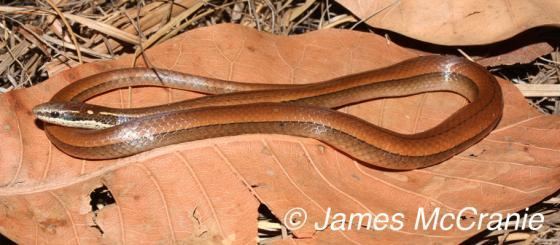 | ||
Similar Snake, Reptile, Colubridae, Coniophanes imperialis, Conophis | ||
Black striped snake coniophanes imperialis
Coniophanes is a genus of colubrid snakes, typically referred to as black-striped snakes, but they also have many other common names. The genus consists of 17 species, and despite the common name, not all of them display striping.
Contents
- Black striped snake coniophanes imperialis
- Coniophanes dromiciformis a colubrid snake endemic to the equatorial pacific dry forests
- Geographic range
- Description
- Habitat and behavior
- Reproduction
- Species
- References
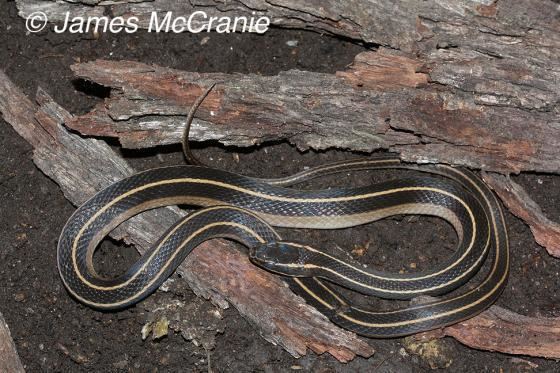
Coniophanes dromiciformis a colubrid snake endemic to the equatorial pacific dry forests
Geographic range
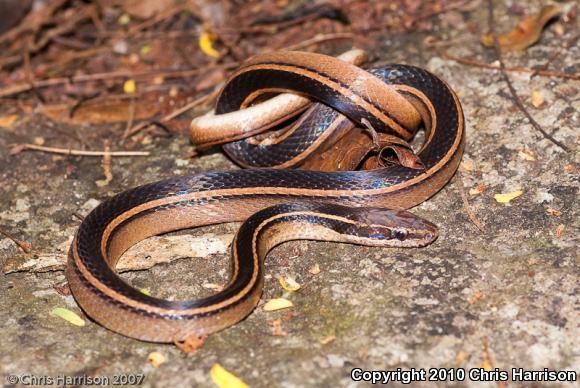
Species of Coniophanes are found primarily in Mexico and Central America, but range as far north as southern Texas in the United States, and as far south as Peru in South America.
Description

Snakes of the genus Coniophanes grow to a total length (including tail) of 31–46 cm (12–18 in) and are typically brown in color, with black striping down the sides and center of the back, and a red or orange underside. Some of the species, such as C. alvarezi, are solid brown.
Habitat and behavior
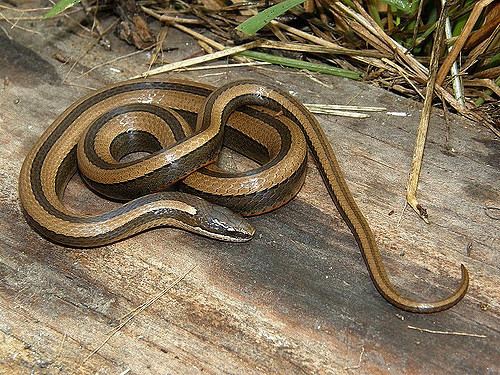
Coniophanes snakes are secretive burrowers. They spend most of their time digging into loose soils, forest leaf litter, or under rotting cactus. They are nocturnal, emerging from their underground retreats in the late evening to feed on frogs, lizards, small rodents, and smaller snakes.
Reproduction
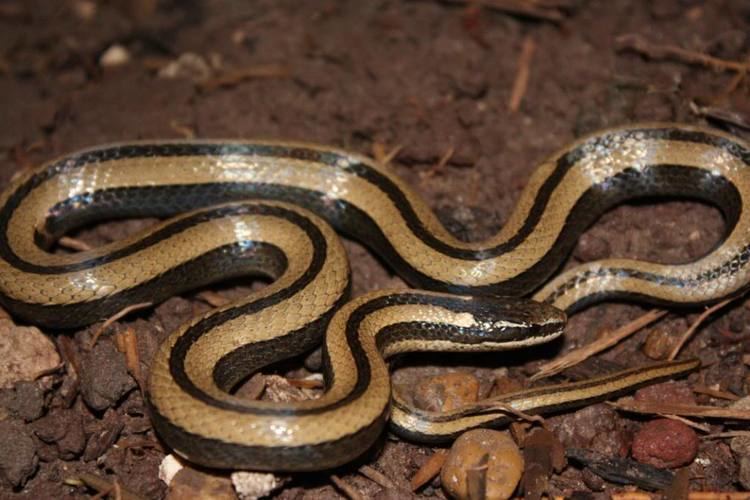
Species in the genus Coniophanes are oviparous, laying clutches of up to 10 eggs in loose soil. The eggs hatch in around 40 days, depending on relative temperature and humidity. Hatchlings are about 17 cm (6.5 in) in length.
Species
The following 17 species are recognized as being valid.
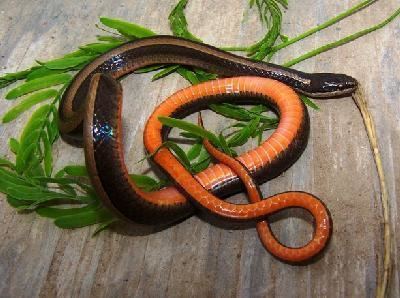
Nota bene: A binomial authority or trinomial authority in parentheses indicates that the species or subspecies was originally described in a genus other than Coniophanes.
